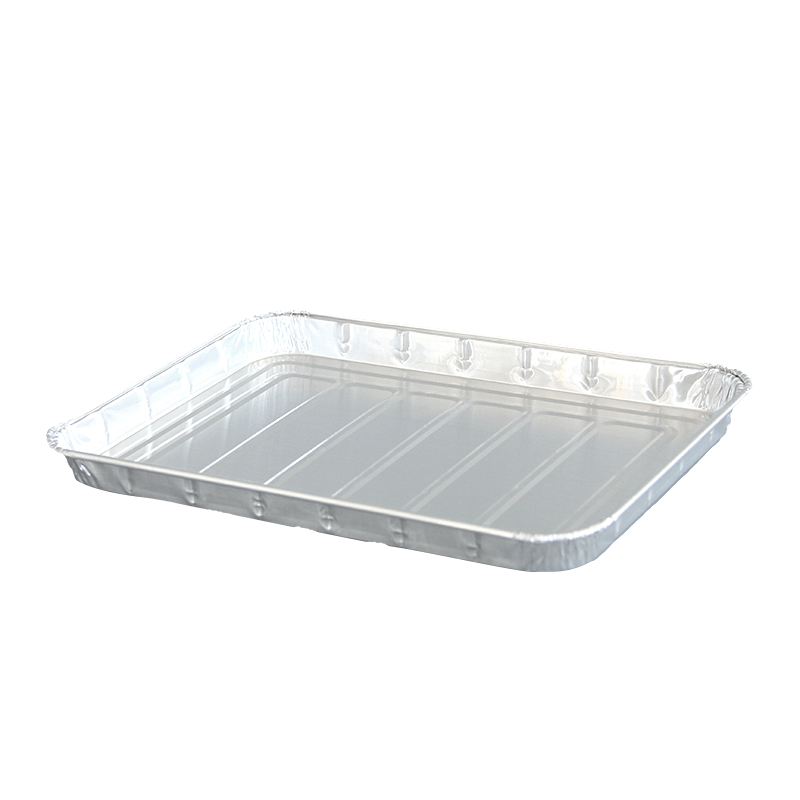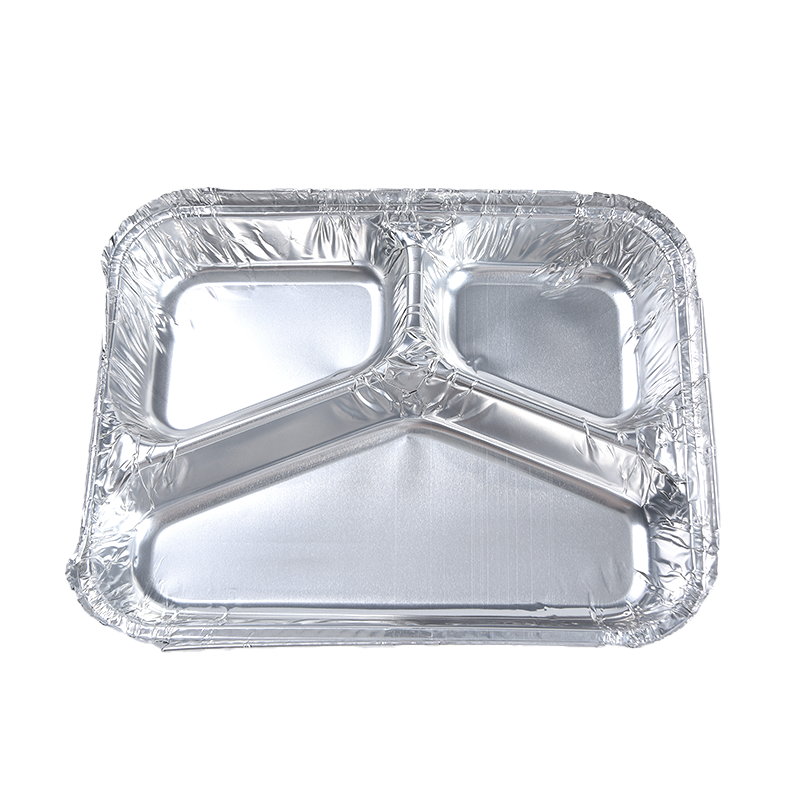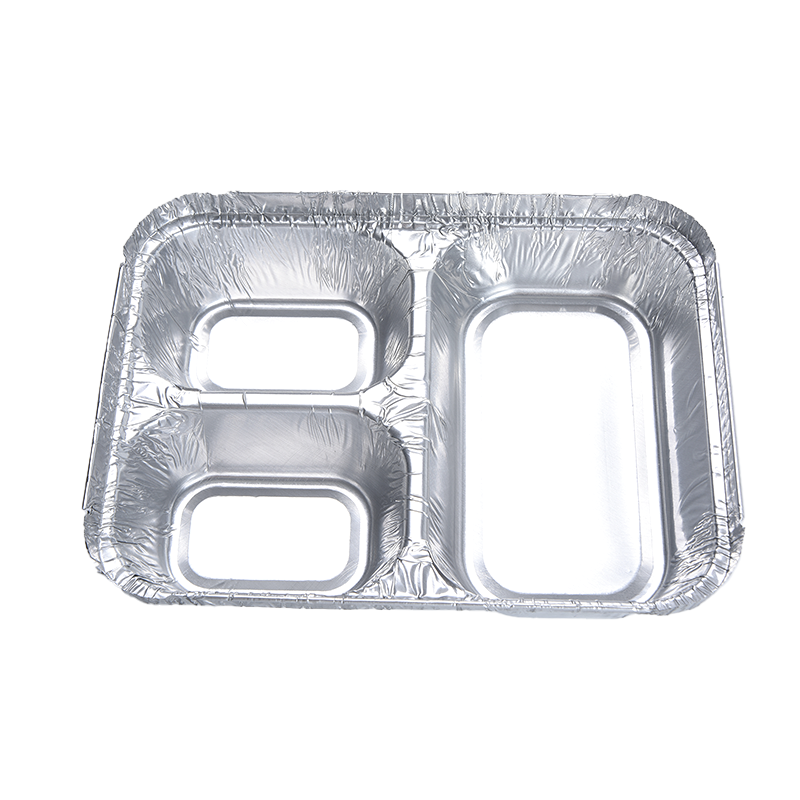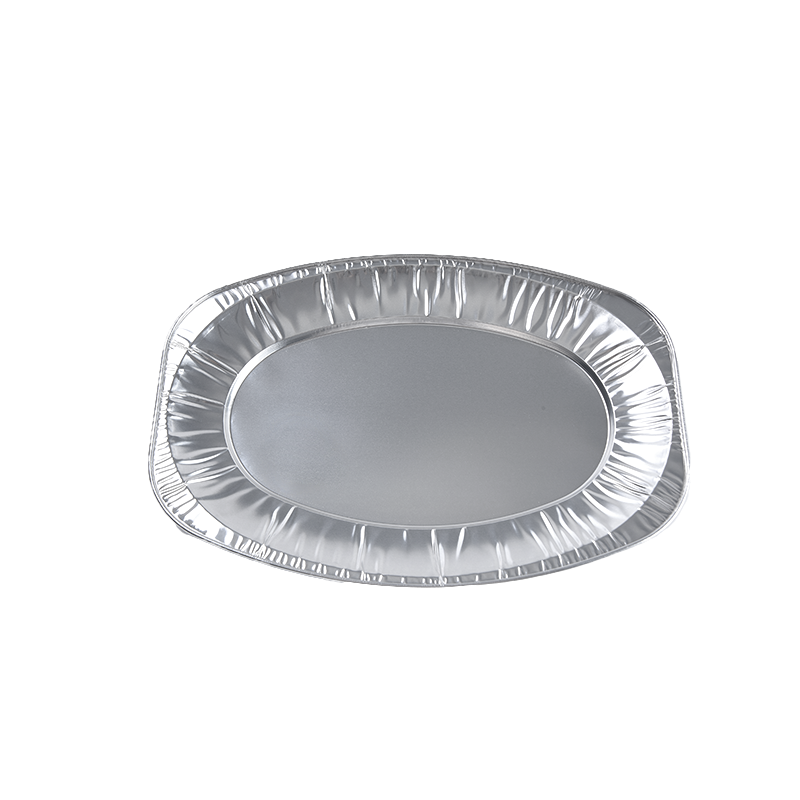Are aluminum foil tableware suitable for takeout food? How can food safety be ensured?
Industry News-With the development of the food delivery industry, the choice of packaging for takeout food has become a focus for both catering businesses and consumers. As a packaging material widely used in the catering and takeout sectors, aluminum foil tableware is increasingly being used for food packaging due to its convenience, durability, and heat insulation properties. However, there are still many controversies and doubts regarding whether aluminum foil tableware is suitable for takeout food and how to ensure food safety. This article will delve into the application of aluminum foil tableware in takeout, analyze its advantages and disadvantages, and provide practical suggestions for ensuring food safety.
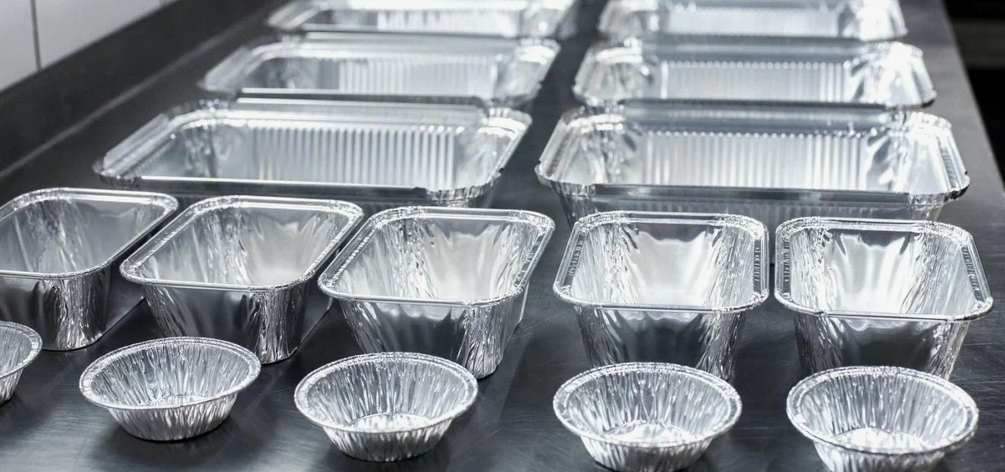
Advantages of Aluminum Foil Tableware
The popularity of aluminum foil tableware in the takeout industry stems primarily from the following advantages:
1. Excellent Heat Insulation Performance
Aluminum foil has excellent thermal conductivity, effectively retaining heat. When takeout food needs to be transported for a long time, aluminum foil tableware can maintain the food's temperature, ensuring that the food is still hot and delicious when the consumer receives it. This is especially true for hot takeout food, making aluminum foil tableware an ideal choice.
2. Moisture and Oil Repellent
Aluminum foil itself has excellent waterproof and oil-repellent properties, effectively preventing oil penetration and liquid leakage. Therefore, aluminum foil tableware is suitable for packaging various types of takeout food, especially oily and juicy foods such as fried rice, soups, or fried foods.
3. Lightweight and Portable
Aluminum foil tableware is lightweight yet sturdy, able to withstand a certain weight, easy to carry, and not easily broken. It is particularly suitable for takeout delivery, avoiding the fragility of traditional plastic or ceramic tableware.
4. Environmentally Friendly and Recyclable
Aluminum foil is recyclable and reusable, meeting modern environmental protection requirements. Compared to disposable plastic tableware, aluminum foil tableware has a relatively smaller environmental impact, especially today when advocating for reducing plastic use; aluminum foil tableware is a more environmentally friendly choice.
Potential Disadvantages of Aluminum Foil Tableware
While aluminum foil tableware offers many advantages, it also has some significant drawbacks in certain situations:
1. Potential Reaction with Acidic Foods
When aluminum foil comes into contact with acidic foods (such as tomatoes, vinegar, and citrus fruits), it may react, altering the taste and potentially affecting food safety. Prolonged contact may cause micro-corrosion on the aluminum foil surface, releasing aluminum ions, which could potentially impact the healthiness of the food.
2. Temperature Limitations
Although aluminum foil tableware can withstand certain temperatures, it may deform or leak at high temperatures. Therefore, special care should be taken when using aluminum foil tableware to package hot foods, avoiding direct contact with heat sources or heating in a microwave oven.
3. Plastic Coating Issues
Some aluminum foil tableware may have a plastic coating to enhance its leak-proofness and stability. However, these plastic coatings may release harmful substances at high temperatures. Therefore, consumers should ensure that aluminum foil tableware does not contain harmful chemicals and avoid improper use.

How to Ensure the Safety of Takeout Food
To ensure food safety and reduce potential health risks, both businesses and consumers should pay attention to the following key factors:
1. Choose High-Quality Aluminum Foil Tableware
Choosing certified aluminum foil tableware that meets food-grade safety standards is crucial. Ensure the tableware is free of harmful coatings or substandard aluminum alloy materials to avoid reactions with acidic foods. Businesses should purchase aluminum foil tableware from suppliers that have undergone rigorous testing to avoid food safety issues caused by low-quality materials.
2. Avoid Heating Aluminum Foil Tableware at High Temperatures
Aluminum foil tableware may deform or undergo chemical reactions at high temperatures. Therefore, businesses should avoid placing aluminum foil tableware directly into ovens or microwaves for heating. If microwave use is necessary, choose other containers that do not contain metal to avoid unnecessary safety hazards.
3. Properly Package Food
When packaging, businesses should choose appropriate aluminum foil tableware based on the type of food. For example, for acidic foods, use other materials that are less likely to react chemically to prevent aluminum foil from contacting acidic components. Additionally, for foods requiring prolonged heat retention, double-layer aluminum foil packaging can be used to increase insulation.
4. Ensure Hygiene Conditions
The safety of takeout food depends not only on packaging materials but also on the production, packaging, and delivery processes of the catering businesses. Businesses need to ensure the hygiene of the operating environment and food, preventing contamination during packaging and transportation. Maintaining clean tableware, fresh food, and ensuring proper temperature control during the takeout process are all crucial steps in ensuring food safety.
Aluminum foil tableware, as a common choice for takeout food packaging, is widely used in the takeout industry due to its excellent heat retention, oil and water resistance, and environmental friendliness. However, businesses and consumers need to understand the potential risks when choosing and using aluminum foil tableware, especially the reactions with acidic foods and problems caused by high-temperature heating. By choosing qualified aluminum foil tableware, properly packaging food, and ensuring food hygiene, the safety of takeout food can be effectively guaranteed, improving the consumer's dining experience.





 English
English 日本語
日本語 عربى
عربى Español
Español
